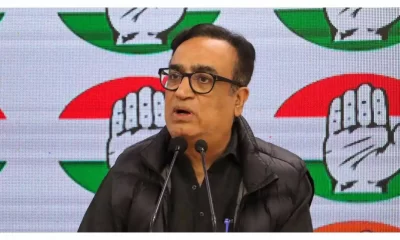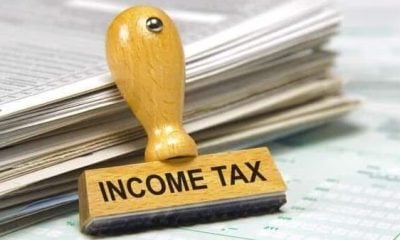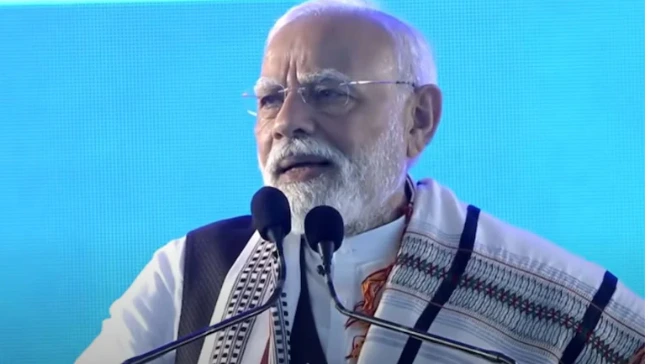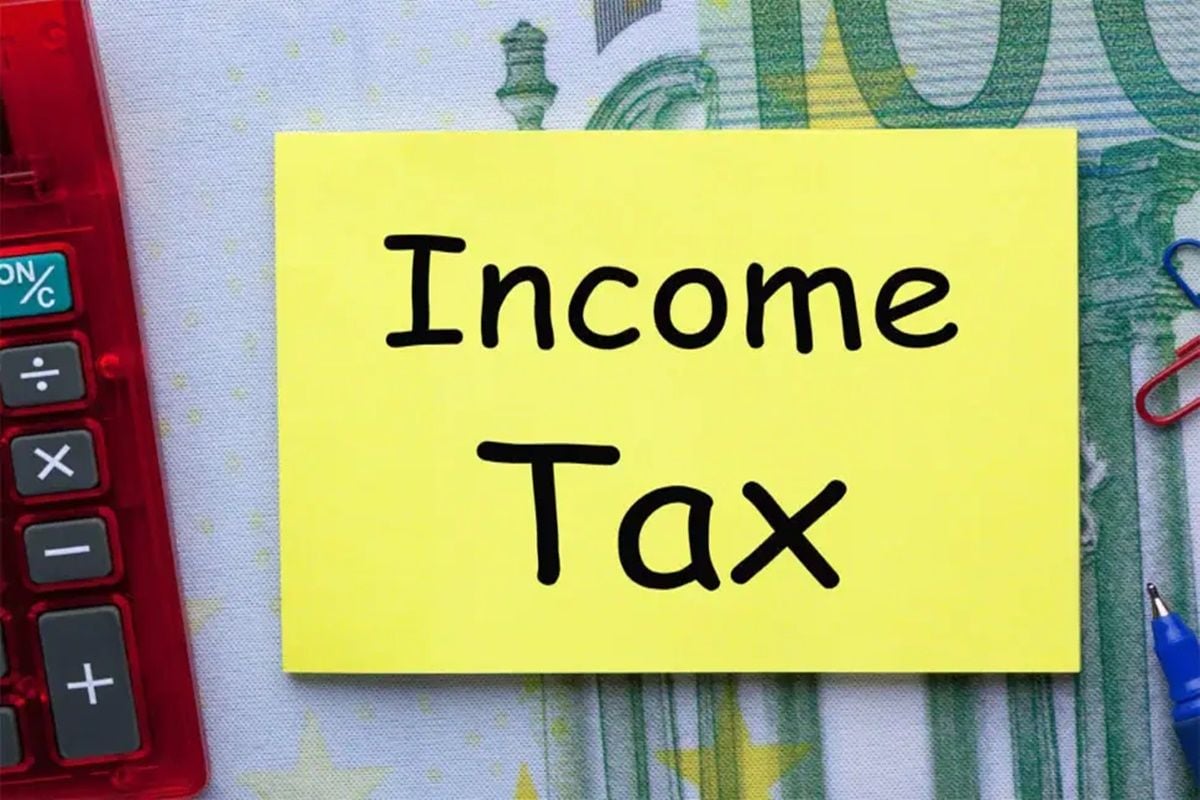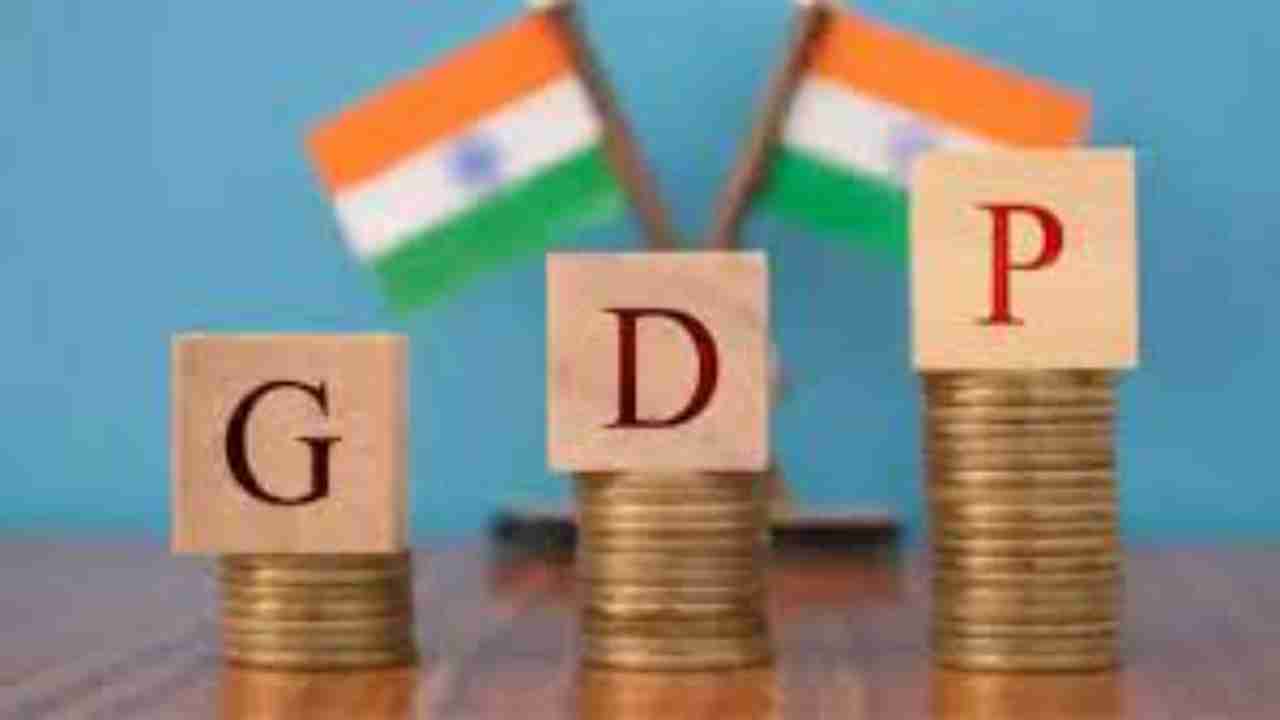Latest business news
Budget 2019-20: Diesel, petrol, gold costlier, plus other aspects for common man

India News
Modi says right time to invest in Indian shipping sector; meets global CEOs
Economy news
ITR filing last date today: What taxpayers must know about penalties and delays
The deadline for ITR filing ends today, September 15. Missing it may lead to penalties, interest charges, refund delays, and loss of tax benefits.
Economy news
India’s GDP surges 7.8% in Q1, outpaces estimates and China
India’s GDP surged 7.8% in Q1 2025-26, the highest in five quarters, driven by strong services and agriculture sector growth, according to NSO data.
-

 India News10 hours ago
India News10 hours agoDelhi High Court issues notice to Sonia Gandhi, Rahul Gandhi in National Herald case
-

 Cricket news15 hours ago
Cricket news15 hours agoRohit Sharma reveals retirement thoughts after 2023 World Cup final heartbreak
-

 India News7 hours ago
India News7 hours agoDU VC Prof Yogesh Singh entrusted with additional charge of AICTE Chairman
-
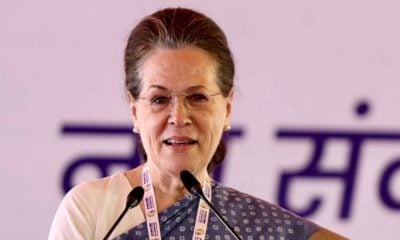
 India News14 hours ago
India News14 hours agoSonia Gandhi calls weakening of MGNREGA a collective moral failure, targets Centre in op-ed
-

 Latest world news14 hours ago
Latest world news14 hours agoH-1B visa renewal delays leave hundreds of Indian workers stranded amid US social media checks
-

 India News8 hours ago
India News8 hours agoGoa nightclub fire case: Court extends police custody of Luthra brothers by five days
-

 India News11 hours ago
India News11 hours agoYogi Adityanath’s do namoone remark sparks Akhilesh Yadav’s jab on BJP infighting
-

 Entertainment8 hours ago
Entertainment8 hours agoDhurandhar box office day 17: Ranveer Singh film crosses Rs 555 crore, enters all-time top 10



